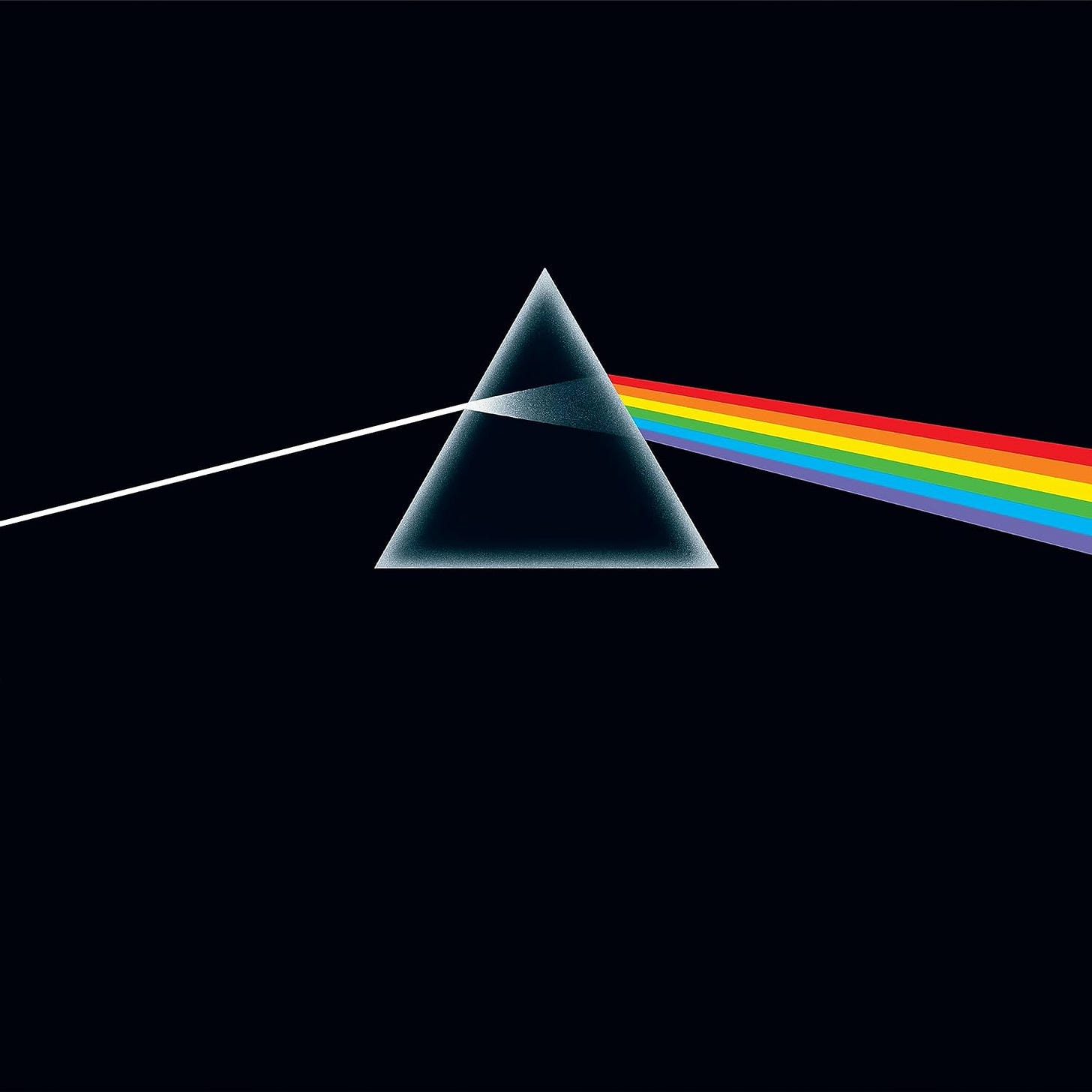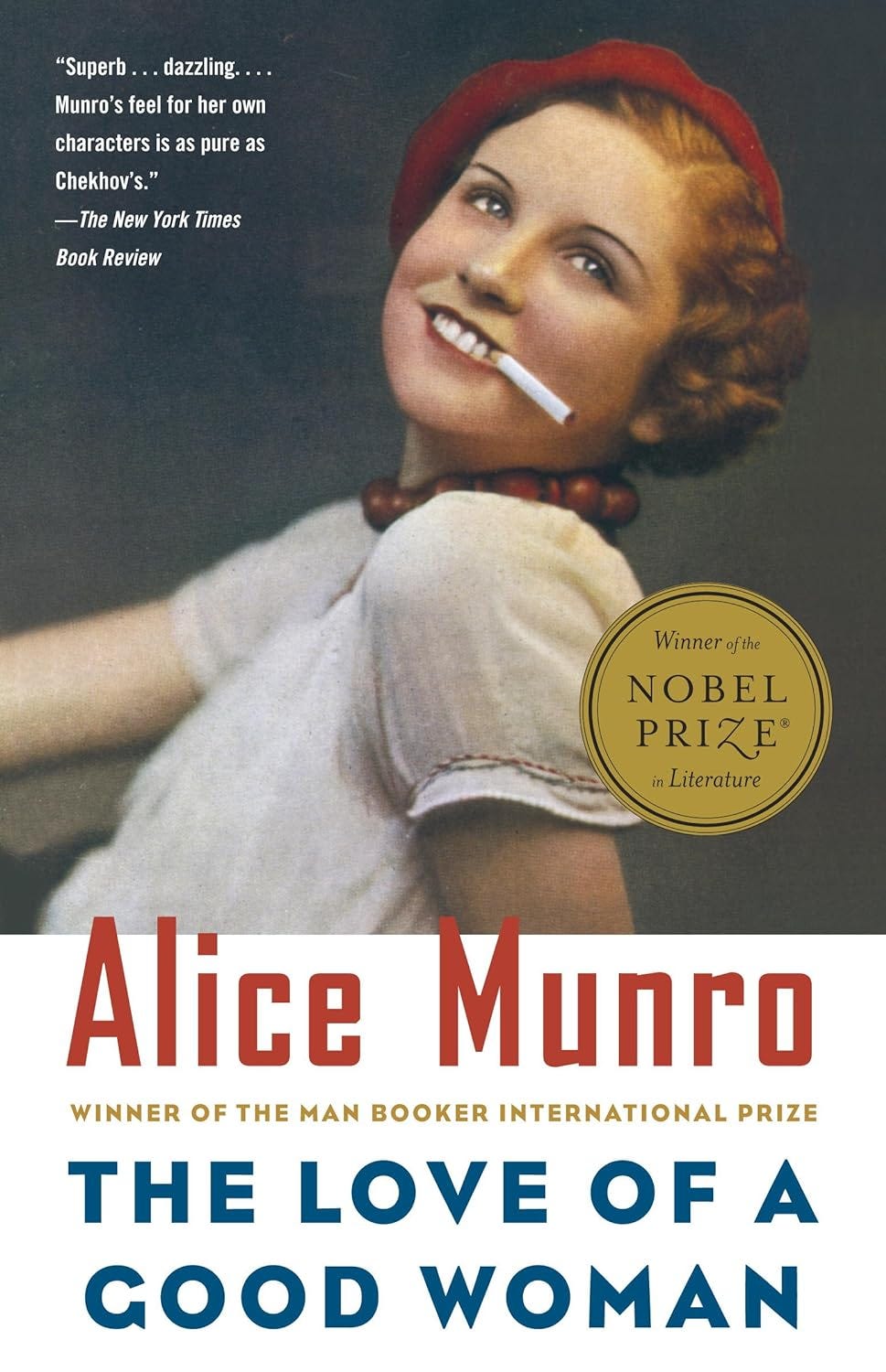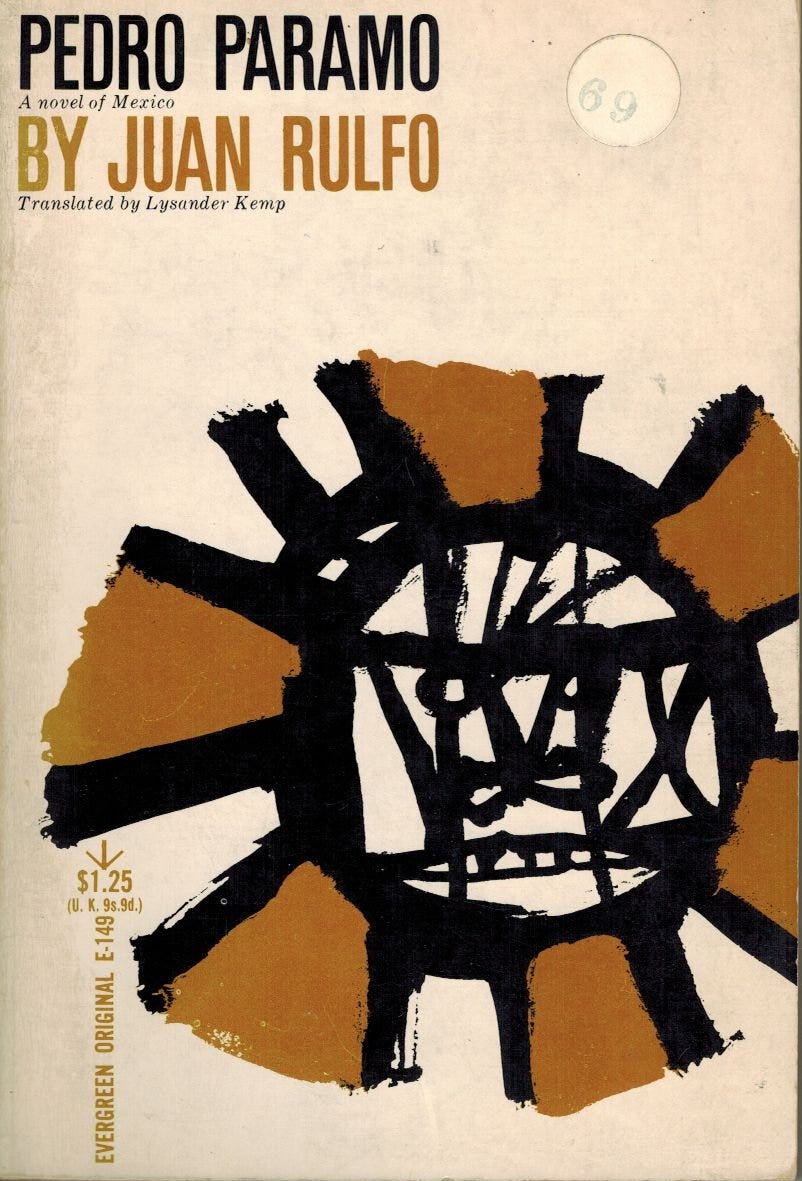Reading Projects [12]: Listen Up!
Dark Side of the Moon, Bach's Cello Suites, Yellow Ledbetter
1.
This morning, I was reading a post for the Facebook Group, Literary Fiction Readers. Happy weekend! it said. What are you reading (author and title please)?
Most of us, understandably, read new books or newish books. Here’s a sample of the responses:
Long Island, Colm Toibin (2024)
The House of Doors, Tan Twan Eng (2023)
Kairos, Jenny Erpenbeck (English trans. 2023)1
The Vaster Wilds, Lauren Groff (2023)
Chenneville, Paulette Jiles (2023)
North Woods, Daniel Mason (2023)2
Heaven and Earth Grocery, James McBride (2023)
The Island of Missing Trees, Elif Shafak (2021)
And the not-quite-new:
Conversations with Friends, Sally Rooney (2017)
Malice, Kiego Higashino (English trans. 2015)
The Luminaries, Eleanor Catton (2013)3
The Namesake, Jhumpa Lahiri (2003)
The Amazing Adventures of Kavalier and Clay, Michael Chabon (2000)
The Love of a Good Woman [stories], Alice Munro (1998)4
The Patron Saint of Liars, Ann Patchett (1992)
But I was happy to see a smattering of older works as well:
Nine Stories [stories], J. D. Salinger (1953)
The 42nd Parallel, John Dos Passos (1930)
Kristin Lavransdatter, Sigrid Undset (1920-1922)7
Adventures of Huckleberry Finn, Mark Twain (1884)8
Middlemarch, George Eliot (1871-72)
2.
Since I advocate for older/less-remembered fiction, I put up a quick note with the not-terribly-original thought our inner music-lovers love music scattered about in time, then (without much deliberating) noted some stuff I love (with the date first performed or recorded/released):
"Yellow Ledbetter," Pearl Jam (1992)
"Burning Down the House" Talking Heads (1983)
Dark Side of the Moon, Pink Floyd (1973)
The Hangman’s Beautiful Daughter, The Incredible String Band (1968)
"In the Mood" Glenn Miller Orchestra (1938)
"Cross Road Blues" Robert Johnson (1936)
"Rhapsody in Blue" George Gershwin (1924)
"The Entertainer" Scott Joplin (1902)
Cello Suites, J. S. Bach (1717-1723)
3.
The Reading Project/Challenge:
a) Let yourself muse on what songs or other musical works live on your personal playlist, especially the ones with deep roots there.9
b) Make a list of 8-10 of them, with dates, newest to oldest.
c) Find out what literary writing was published each of those years, pick out one or more titles (for each)—excluding books you’ve already read, giving special attention to:
i) classic books you’ve always kinda meant to get around to10 . . . and
ii) books you’ve never heard of, but which, after a little investigation, you feel drawn to.
d) Read at least five. You can do that, right, five? Piece o’ cake. Be sure to give yourself a firm deadline: “This year, before the end of September,” say. Or “Between now and the end of Time.”
Extra Credit:
As you were reading, did the text feel related to the music that led you to it? Did they share a vibe/ethos/set of understandings or desires? Or, on the other hand, did the uniqueness of each artist make this a non-issue? Or (for those of you with a third hand), though composed/performed/published at the same instant in history, the works may emanate from artists at quite-divergent points in their creative arcs, and, therefore, is trying to suss out kinship a fool’s errand? You could ask the same about the ethnicity/social standing/sexual orientation/amount of education or training, etc. of the creators.11
What do you think?
Erpenbeck: When I record a translated book’s date for my own list, I use the year of publication in the original language. For today’s post, I’m using the date of availability for American readers.
North Woods: Recommended by writer Andrew Sottile. I loved it. An example of a story where the place stays the same while time moves forward [a strategy also used with an object, as in the film, The Red Violin (1998) and Annie Proulx’s novel Accordion Crimes (1996)]. Except, in this case, a) the spot stays the same but the way it’s altered over time is important to the story, and b) there’s a doubling back, in a way.
Catton: Winner of Booker Prize (2013).
Munro: This is the week after her death at age 92. I’m assuming most of you have read some of her stories. If not, ask around for titles of people’s favorites and try at least a couple. Please.
All this week fellow writers posted RIPs—many chose the same great pic I posted here [Reading Project [9]: You Are What You Read]. As I’ve said, it’s hard to pick out favorite stories when it’s the entire body of the work that’s acted as your mentor. But you could try: “Miles City, Montana” (in The Progress of Love, 1986), “Carried Away” (in Open Secrets, 1994, and in Carried Away: A Selection of Stories, 2006), “The Love of a Good Woman” in The Love of a Good Woman, 1998), or any of the others you find anthologized or collected in later compilations.
Rulfo: There’ve been three English translations (that I’m aware of): Lysander Kemp (1959), Margaret Sayers Peden (1994), Douglas J. Weatherford (2023).
More Rulfo: Here’s a bit from Wiki:
Gabriel García Márquez has said that he felt blocked as a novelist after writing his first four books and that it was only his life-changing discovery of Pedro Páramo in 1961 that opened his way to the composition of his masterpiece, One Hundred Years of Solitude. Moreover, García Márquez claimed that he "could recite the whole book, forwards and backwards." Jorge Luis Borges considered Pedro Páramo to be one of the greatest texts written in any language.
Undset: Nobel Prize in Literature (1928).
Huck Finn: I was happy to see that the correct title was displayed: Adventures of Huckleberry Finn. No The. People who should know better often mess this up. It bothers me that this bothers me, but there it is.
Deep roots: We wear some songs out (just as we have to stop watching some favorite films before the magic’s fully eroded). That being said, there are pieces we treasure more or less permanently. Sometimes it’s just moments in songs—they transcend the deadening effect of overexposure, they still give shivers, even now.
For me: Michael Brecker’s sax solo taking flight in the middle of Paul Simon’s “Still Crazy After All These Years,” the opening four bars of “Sgt. Pepper’s . . .”; the incendiary clarinet that launches “Rhapsody in Blue.” Etc. Etc. It might even be one or two chords—Keith Richards’ opening hook on “Start Me Up” or Michael McDonald’s delicious Fm6/overG that begins “Takin’ It To the Streets” or the much-analyzed/still mysterious clusterfuck of sound that announces “A Hard Day’s Night.”
. . . always kinda meant to get around to: The way 1831 got me to read Victor Hugo’s, Notre-Dame de Paris (aka The Hunchback of Notre-Dame) . . . or 1881, Portrait of a Lady (now in my personal Hall of Fame).
Extra Credit: I’ll stop before this gets too ornate/diffuse. But haven’t you read books from similar points in, say, the 19th C., and thought one seriously dated—in prose style and/or attitudes—while the other, as we sometimes say, “could’ve been written yesterday”? Or what if a musician or writer is consciously rejecting the vibe of the day?









Dark Side of the Moon has resonated with me forever—well, since the 80s when I was a teen. “Brain Damage” always fascinated me, particularly the laugh. And then ironically, ten years later I was diagnosed with bipolar disorder, and the song held more meaning.
In lighter news, Long Island and Heaven and Earth Grocery Store are on my TBR. I’m participating in a summer reading challenge being held by my grad school alma mater, and Heaven and Earth fits one of the prompts.